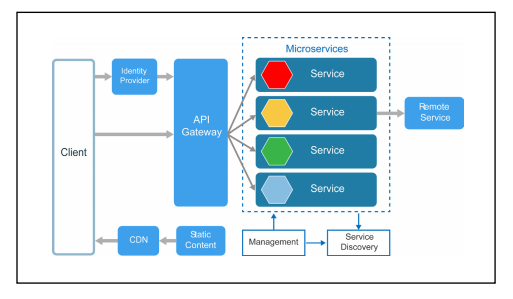Code Refactoring Techniques: Improving Software Quality and Maintainability Efficiently
In the ever-evolving landscape of software development, maintaining high-quality code is crucial for ensuring long-term success. Code refactoring, the process of restructuring existing code without changing its external behavior, is a vital practice that enhances software quality and maintainability. By implementing effective refactoring techniques, development teams can improve readability, reduce complexity, and ultimately create more robust applications. This article explores key code refactoring techniques and their benefits.
Understanding Code Refactoring
Code refactoring is not merely about making code cleaner; it’s about optimizing its structure and improving its internal quality. The primary goal is to make the code easier to understand and modify while preserving its functionality. Refactoring is an ongoing process that should be integrated into the development lifecycle rather than treated as a one-time task. Regular refactoring helps teams adapt to changes in requirements and technology, making the software more resilient over time.
Key Refactoring Techniques
1. Rename Variables and Methods
One of the simplest yet most impactful refactoring techniques is renaming variables and methods to more accurately reflect their purpose. Descriptive names improve code readability and help other developers (or future you) understand the logic without delving into the implementation details. For example, changing a variable name from x to totalPrice clarifies its function immediately.
2. Extract Method
When a section of code performs a distinct task, it can often be extracted into its own method. This technique, known as “extract method,” simplifies complex code by breaking it into smaller, more manageable chunks. Not only does this enhance readability, but it also promotes code reuse, as the extracted method can be called from different parts of the application.
3. Inline Method
Conversely, if a method’s body is as clear as its name, it may be beneficial to inline the method. This technique involves replacing calls to the method with the method’s content directly. Inlining can reduce the overhead of method calls and make the code more straightforward, especially when the method doesn’t add significant value beyond its name.
4. Remove Dead Code
Dead code refers to any code that is never executed or has no effect on the application’s output. Removing this code reduces clutter and complexity, making the codebase cleaner and easier to navigate. Regularly auditing for dead code can lead to significant improvements in maintainability and performance.
5. Introduce Parameter Object
When a method has several parameters, it can become unwieldy. To streamline this, consider introducing a parameter object—a single object that encapsulates multiple parameters. This technique simplifies method signatures and makes it easier to manage changes in the future, as you only need to modify the parameter object rather than every method that uses those parameters.
6. Replace Conditional Logic with Polymorphism
Complex conditional logic can make code hard to read and maintain. By using polymorphism, you can replace conditionals with a set of classes that implement a common interface. This technique enhances code flexibility and extensibility, allowing new behaviors to be added without modifying existing code.
Benefits of Code Refactoring
Implementing refactoring techniques leads to numerous benefits, including:
- Improved Readability: Clean, well-structured code is easier to read and understand, facilitating collaboration among team members.
- Increased Maintainability: Simplified code structures make it easier to implement changes, fix bugs, and add new features.
- Enhanced Performance: Although refactoring primarily focuses on code quality, some techniques can also optimize performance by reducing complexity.
- Reduced Technical Debt: Regular refactoring helps manage and reduce technical debt, allowing teams to focus on innovation rather than constantly addressing legacy issues.
Conclusion
Code refactoring is an essential practice for maintaining software quality and ensuring long-term maintainability. By adopting effective refactoring techniques, development teams can improve code readability, reduce complexity, and create a more resilient codebase. Regularly integrating refactoring into the development process not only enhances the immediate quality of the software but also fosters a culture of continuous improvement, empowering teams to adapt to evolving requirements and technologies efficiently. In the fast-paced world of software development, embracing refactoring is not just beneficial; it is imperative for sustained success.











Leave a Reply